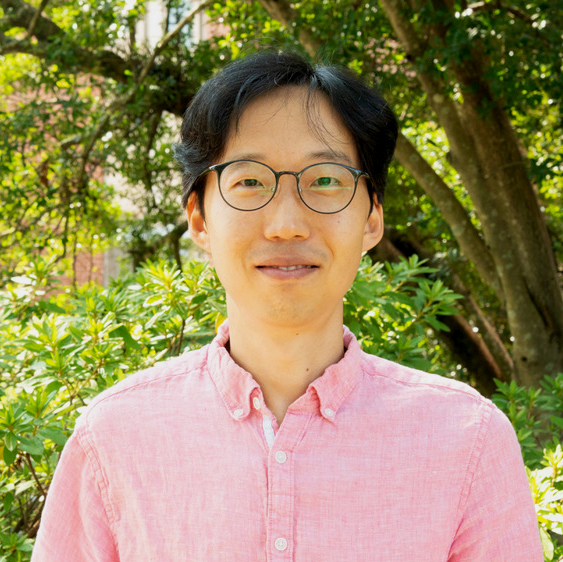

Sung Hwan Kang
Assistant Professor (Plant Virology)
Entomology & Plant Pathology
(334) 844-5006
shk0015@auburn.edu
Get In Touch
Address:
224 Rouse Life Sciences Building
Auburn Univ, AL 36849
Biography
DEGREES EARNED
- 2012 Ph.D. Microbiology and Molecular Biology, University of Nebraska, Lincoln
- 2005 M.S. Plant Pathology, Seoul National University, South Korea
- 2002 B.S. Applied Biology and Chemistry, Seoul National University, South Korea
PROFESSIONAL EXPERIENCE
- 2020 to Present Assistant Professor, Auburn University, Auburn, AL
- 2018 to 2020 Research Assistant Scientist, University of Florida, Gainesville, FL
- 2012 to 2018 Postdoctoral Associate, University of Florida, Gainesville, FL
PROFESSIONAL AFFILIATION
- American Society for Virology (ASV)
Research
My research interest is to understand the molecular mechanisms of pathogen-host interactions. One of the research focuses is to investigate the molecular characteristics of virus infection in the plant hosts and identify the mechanism of pathogenicity to develop novel methods for disease control.
Publications
SELECT PUBLICATIONS
For the full list of publications, please go to Google Scholar Profile.
- Dao TNM, Kang SH, Bak A, and Folimonova SY (2020) A non-conserved p33 protein of Citrus tristeza virus interacts with multiple viral partners. Molecular Plant-Microbe Interactions 33, 859-870.
- Suguieda Mariana, Kang SH, and Folimonova SY (2020). Developing a Nicotiana benthamiana – Citrus tristeza virus model system to study superinfection exclusion. UF Journal of Undergraduate Research 21(2).
- Kang SH, Sun YD, Atallah OO, and Folimonova SY (2019) A Long Non-Coding RNA of Citrus tristeza virus: Role in the Virus Interplay with the Host Immunity. Viruses 11, 436.
- Kang SH, Atallah OO, Sun YD, and Folimonova SY (2018) Functional diversification upon leader protease domain duplication in the Citrus tristeza virus genome: Role of RNA sequences and the encoded proteins. Virology 514, 192-202.
- Kang SH, Dao TNM, Kim OK and Folimonova SY (2017) Self-interaction of Citrus tristeza virus p33 protein via N-terminal helix. Virus Research 233, 29-34.
- Bergua M, Kang SH, and Folimonova SY (2016) Understanding superinfection exclusion by complex populations of Citrus tristeza virus. Virology 499, 331-339.
- Atallah OO, Kang SH, El-Mohtar CA, Shilts T, Bergua M and Folimonova SY (2016) Citrus tristeza virus-induced superinfection exclusion is controlled by multiple viral factors. Virology 489, 108-115.
- Kang SH, Qu F, and Morris TJ (2015) A nuclear fraction of turnip crinkle virus capsid protein is important for elicitation of the host resistance response. Virus Research 210, 264-270.
- Kang SH, Bak A, Kim OK, and Folimonova SY (2015) Membrane association of a nonconserved viral protein confers virus ability to extend its host range. Virology 482, 208-217.
- Kang SH, Qu F and Morris TJ (2015) A spectrum of HRT-dependent hypersensitive responses elicited by the 52 amino acid N-terminus of turnip crinkle virus capsid protein and its mutants. Virus Research 200, 30-34.
- Seo JK, Vo Phan MS, Kang SH, Choi HS, and Kim KH. (2013) The charged residues in the surface-exposed C-terminus of the Soybean mosaic virus coat protein are critical for cell-to-cell movement. Virology 446(1-2), 95-101.
